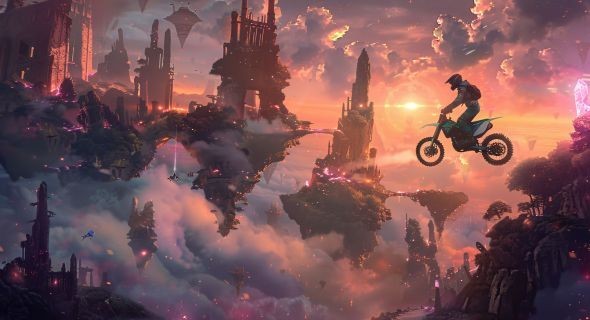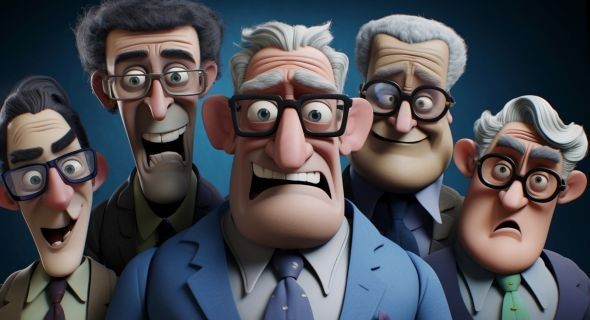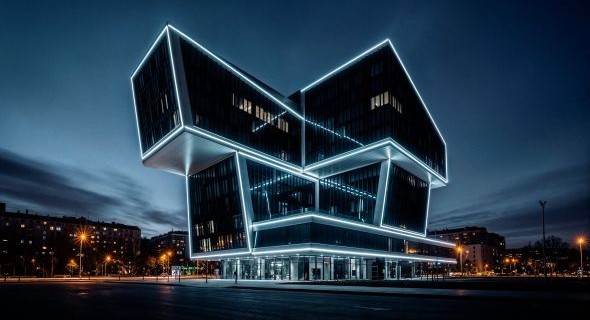
Designing the Ideal Game Art: A Comprehensive Guide
Game art is the visual heartbeat of any interactive experience. It captivates players, pulling them deeper into the virtual world. Strong visual appeal directly influences how long players stay engaged and how they feel about the game's overall quality. A great art style makes a game truly memorable.
Crafting ideal game art is more than just making things look pretty. It blends creativity with sharp technical skills and a deep understanding of gameplay. This process involves many steps, from initial ideas to final polish, often needing many changes and improvements along the way.
Understanding Your Game's Vision and Audience
Designing ideal game art starts with understanding your game's very soul. You need to turn your game's core idea into a unique visual identity. This means focusing on the emotions you want players to feel and keeping all visuals consistent with your game's main themes. How do you want players to react?
Researching and Referencing Existing Styles
Look at successful art styles from many different game genres. See what makes them work for their audience. You can create mood boards, collecting images, colors, and textures that inspire your team. This helps everyone visualize the game's look and feel from the start.
Translating Narrative and Gameplay into Visuals
Every visual element should tell a part of your game's story. Character designs, environment art, and even UI elements must reflect the narrative and gameplay mechanics. For example, a heavy, armored character tells a different story than a swift, agile one. How will your art support the player's journey?
Establishing a Cohesive Color Palette and Lighting
Colors have a huge impact on human emotion. A warm palette might make players feel safe, while cool tones can suggest danger. Lighting also helps set the atmosphere and guide the player's eye toward important items or pathways. It pulls players right into your game's world.
Core Pillars of Game Art Design
Character Design: Bringing Personalities to Life
Creating unforgettable characters is key to ideal game art. Your characters need to be memorable and work well within the game. They should connect with players on a personal level. Think about what makes a hero or villain truly stand out.
Silhouette and Readability
Can players easily spot your characters in a crowded scene? Characters must be distinct, even at a distance or when seen through a blurry screen. Their basic shape, or silhouette, should be clear. This helps players recognize allies or enemies quickly.
Expressiveness and Animation Potential
Characters should convey emotions naturally. Design them so animators can easily bring them to life with smooth movements. Good design considers how each part will move and flex, making characters feel real and responsive. This helps players bond with their on-screen heroes.
Cultural and Thematic Relevance
Ensure your character designs fit perfectly within your game's world. They must align with its culture and themes. This also helps avoid any unintended or confusing interpretations. A character's appearance should make sense in their story.
Environment Art: Crafting Immersive Worlds
Environment art creates the spaces where players explore and interact. These spaces need to be believable and engaging. They should always support your game's core gameplay. A well-designed world invites players to stay and discover.
World-Building through Visuals
Every detail in your environment can tell a story. Use visual cues like ancient ruins or recent battle scars to build your game's lore. These subtle hints add depth without needing words. They make the world feel lived-in and real.
Composition and Level Design Integration
Environmental art guides players where to go. It can subtly point toward objectives or block off unwanted paths. This helps keep gameplay smooth and fun. Art and level design work together to create a seamless player experience.
Performance Optimization and Asset Management
Making environments look great also means making them run smoothly. You must balance visual quality with technical limits. Smart asset management keeps files organized and loading times fast. This ensures your game plays well on many devices.
UI/UX Design: Intuitive and Accessible Interfaces
User interface (UI) and user experience (UX) are vital for game enjoyment. A good interface makes the game easy to use and understand. It helps players focus on the fun, not on figuring out menus. Can players find what they need quickly?
Clarity and Information Hierarchy
Design menus and heads-up displays (HUDs) that are simple to navigate. Key information should stand out instantly. Players should always know their health, inventory, and objectives without effort. Clear design reduces player frustration.
Accessibility Considerations
Think about all types of players. Offer options like scalable text for those with vision problems. Include color blindness modes to help more people enjoy your game. Designing for accessibility ensures a wider audience can play.
Thematic Consistency with Game Art
Your UI elements should match the game's overall art style. A fantasy game's menu should not look like a sci-fi interface. This consistency makes the entire experience feel polished and unified. It reinforces the game's unique identity.
Technical Considerations and Workflow
3D Modeling and Texturing Techniques
Creating 3D assets is a core part of modern game art design. This involves building the models and then painting them with textures. Understanding these processes is key to making visuals come alive. It is where digital creativity meets technical skill.
High-Poly vs. Low-Poly Workflows
High-poly models have lots of detail but use more computer power. Low-poly models have less detail but run faster. Often, artists create a high-poly model first, then simplify it to a low-poly version for the game. This balance helps achieve ideal visuals and smooth performance.
PBR (Physically Based Rendering) Principles
PBR helps create very realistic materials and lighting. It uses real-world physics to make textures look natural under different light conditions. Learning PBR principles means your game assets will have consistent, believable surfaces. They will truly look like stone, metal, or wood.
UV Unwrapping and Texture Atlasing
UV unwrapping is like flattening a 3D model so textures can be painted on it. Texture atlasing combines many small textures into one larger image. These techniques make applying textures efficient. They help games run faster by reducing the number of texture files.
Animation and Visual Effects (VFX)
Animation brings static game elements to life through movement. Visual effects (VFX) add dynamic, exciting visuals like explosions or magical spells. Both are essential for an immersive and engaging game world. They add a layer of polish and excitement.
Principles of Animation for Games
Classic animation principles like squash and stretch make movements feel more lively. Anticipation prepares players for an action, while follow-through adds realism to a character's end pose. Applying these principles makes game animations smooth and impactful. Every movement tells a story.
Particle Systems and Shader Development
Particle systems create dynamic effects like smoke, fire, or falling snow. Shaders are small programs that control how objects look when lit. Together, they create stunning visual effects for spells, explosions, and environmental phenomena. They add magic to your game world.
Animation Retargeting and Optimization
Animation retargeting allows you to reuse existing animations on different character models. This saves a lot of development time. Optimizing animations ensures they run smoothly without slowing the game down. It is about smart asset use for ideal game art production.
Collaboration and Iteration in Game Art
The Art Pipeline and Teamwork
Designing ideal game art is a team effort. Many different artists work together, from concept designers to 3D modelers and animators. Clear communication is super important for everyone to stay on the same page. How do you ensure everyone works as one?
Defining Roles and Responsibilities
Each artist has a specific job. Concept artists draw initial ideas. Modelers build the 3D shapes. Animators make them move. Understanding each role helps the team work smoothly. Everyone knows what they need to deliver.
Version Control and Asset Management Systems
Managing art assets for a large game can be tough. Tools like version control systems track every change. Asset management systems keep all art files organized and accessible. These practices prevent chaos and lost work.
Feedback Integration and Iterative Refinement
Art design is a cycle of creation and improvement. Artists get feedback on their work and use it to make changes. This iterative process refines assets until they meet the game's vision. It means making many small changes to get things just right.
Incorporating Player Feedback and Analytics
The game's art is for the players, so their input matters. After a game launches, using player data helps refine visuals. This makes the art even better over time. Listening to your community can uncover new visual ideas.
Playtesting and Art Evaluation
Have players test your game and gather their thoughts on the art. Ask if characters are clear or if environments feel immersive. This qualitative feedback reveals how art is perceived. It helps find areas for improvement before a full release.
A/B Testing Visual Elements
Sometimes, you can test different art variations with small groups of players. This A/B testing helps see which visual elements perform best. Do players prefer one character design over another? This data-driven approach refines your ideal game art.
Adapting Art Based on Player Trends
Player preferences can change. By watching trends, you can update or add new art content that keeps players happy. This might mean new character skins or themed events. It shows you care about your player base.
Conclusion: The Enduring Impact of Exceptional Game Art
Designing ideal game art is a complex journey. It demands a perfect mix of artistic flair, technical skill, and a deep understanding of the player experience. From crafting unique character designs to building immersive worlds, every visual element works together to create something special. It's about blending creativity with practical know-how.
Investing in high-quality game art pays off big time. It builds player loyalty, strengthens your game's brand identity, and leads to long-term success. For aspiring game artists and development teams, remember to always put the player first. Great art isn't just seen; it's felt.

